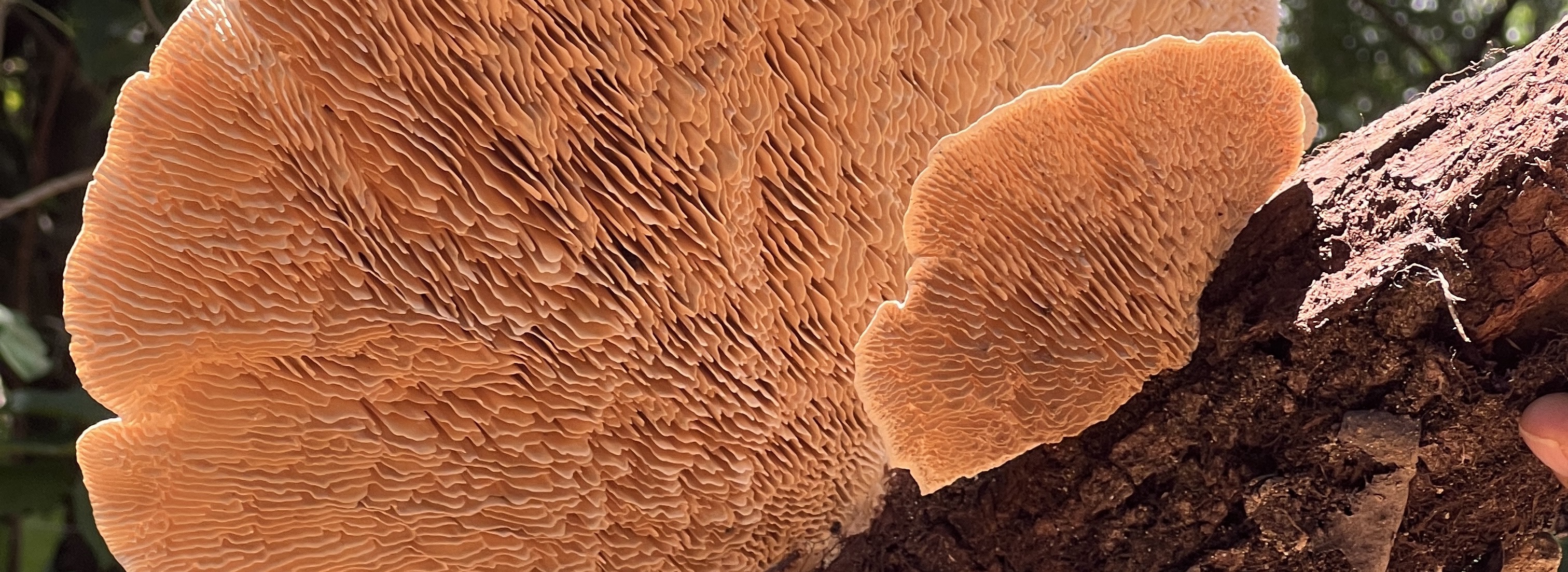
Monteverde Institute: Tropical Ecology and Conservation
Alternative Title
Forrajeo óptimo de las zompopas (Atta cephalotes)en la selección de hojas basado en la proximidad del nido
Files
Download Full Text (389 KB)
Publication Date
May 2011
Abstract
The foraging tendencies of Atta cephalotes, a leaf-cutting ant, have been widely studied. Optimal foraging theory dictates that ants should maximize rate of energy intake while minimizing costs by harvesting from suitable food sources closer to the nest. However, actual foraging patterns are more disparate and do not always reflect optimal strategies. Here I measure harvesting rates and recruitment speeds at different distances from the nest of A. cephalotes colonies by offering six leaf disk samples every 15 minutes at 5, 10, and 15 meters from the nest entrance. Harvesting rate was significantly higher closer to the nest, with 54% of leaf disks selected at 5 meters. Recruitment was also faster closer to the nest, as ants selected leaf disks within the first three minutes in 63% of the trials at 5 meters. Communication between workers may determine selection of closer leaf offerings and thus optimize foraging on a colonial level. Other factors, such as nutritional qualities from a plant, can influence foraging choices, but when leaf offering vary solely by distance, A. cephalotes exhibit time and distance-maximizing foraging patterns.
Resumen
Las tendencias de forrajeo de Atta cephalotes, una hormiga cortadoras de hojas, han sido ampliamente estudiadas. La teoría del forrajeo óptimo dicta que las hormigas pueden maximizar la energía que obtienen mientras minimizan los costos al cultivar fuentes de alimento adecuados cercanos al nido. Sin embargo, los patrones de forrajeo actuales son distintos y no siempre reflejan las estrategias óptimas. Aquí yo mido las tasas de recolección y velocidades de reclutamiento a diferentes distancias del nido de las colonias de A. cephalotes, al ofrecer seis muestras de hojas en forma de disco cada 15 minutos a 5, 10 y 15 metros de la entrada del nido. Las tasas de recolección fueron significativamente mayores cerca del nido, con un 54% de las hojas seleccionadas a 5 metros. También, el reclutamiento fue más rápido cerca del nido, a medida que las hormigas seleccionaron las hojas dentro de los primeros tres minutos en 63% de las pruebas hechas a 5 metros. La comunicación entre las obreras puede determinar la selección de las hojas cercanas ofrecidas y por lo tanto optimizar el forrajeo a nivel de la colonia. Otros factores, como las cualidades nutricionales de la planta, pueden influenciar la escogencia del forrajeo; pero cuando la hoja ofrecida varia solamente por distancia, A. cephalotes exhibe patrones de forrajeo maximizados en tiempo y distancia.
Keywords
Ants--Behavior, Animal--Food, CIEE Spring 2011
Palabras claves
Hormigas--Comportamiento, Animal--Alimentación, CIEE Primavera 2011
Extent
9 pages
Geographic Location
Cerro Plano (Puntarenas, Costa Rica)
Holding Location
Monteverde Institute
Language
English; Spanish
Media Type
Articles
Format
Digital Only
Identifier
M39-00246
Type
Book
Recommended Citation
Snowden, Robert O., "Optimal foraging in leafcutter ants (Atta cephalotes) selection of leaves based on proximity to the nest, May 2011" (2011). Monteverde Institute: Tropical Ecology and Conservation. 338.
https://digitalcommons.usf.edu/tropical_ecology/338


